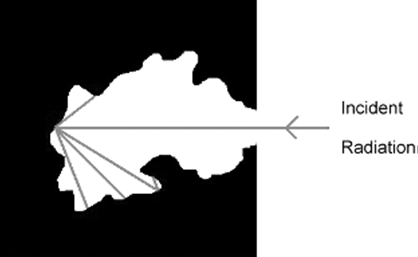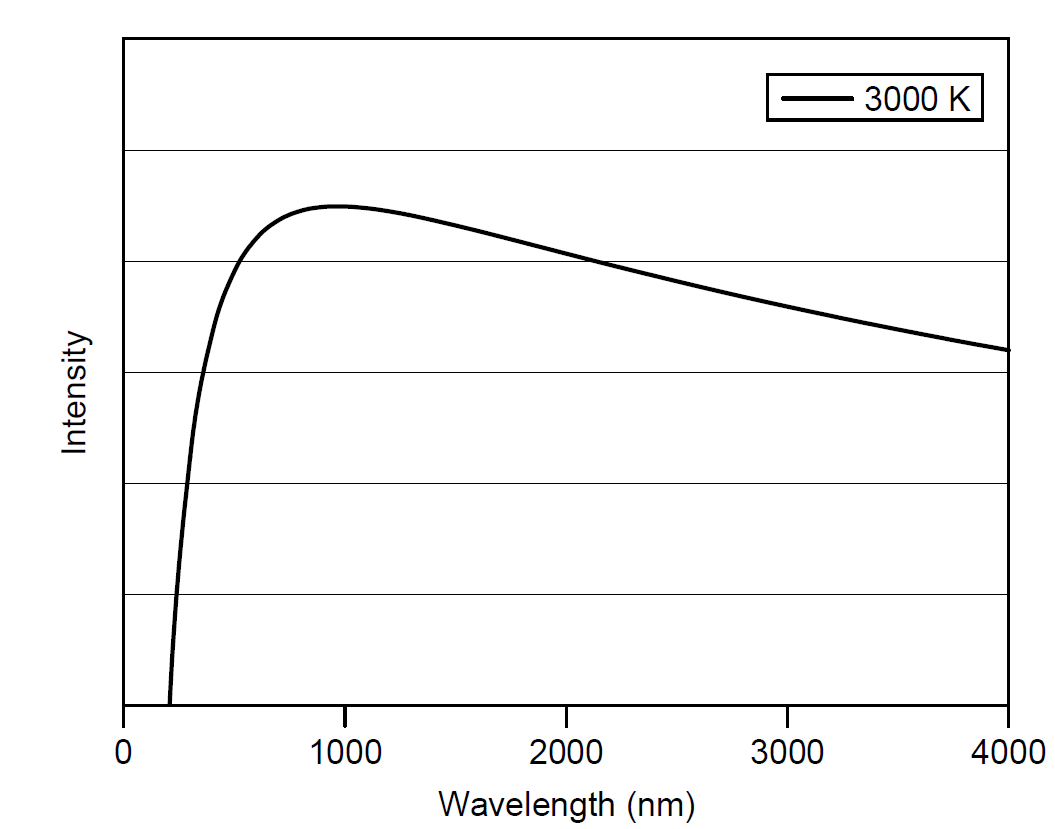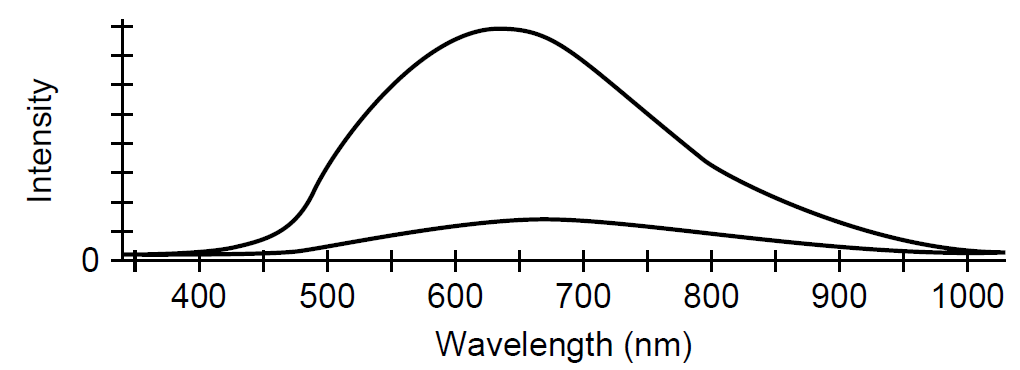
تاريخ الفيزياء

علماء الفيزياء


الفيزياء الكلاسيكية

الميكانيك

الديناميكا الحرارية


الكهربائية والمغناطيسية

الكهربائية

المغناطيسية

الكهرومغناطيسية


علم البصريات

تاريخ علم البصريات

الضوء

مواضيع عامة في علم البصريات

الصوت


الفيزياء الحديثة


النظرية النسبية

النظرية النسبية الخاصة

النظرية النسبية العامة

مواضيع عامة في النظرية النسبية

ميكانيكا الكم

الفيزياء الذرية

الفيزياء الجزيئية


الفيزياء النووية

مواضيع عامة في الفيزياء النووية

النشاط الاشعاعي


فيزياء الحالة الصلبة

الموصلات

أشباه الموصلات

العوازل

مواضيع عامة في الفيزياء الصلبة

فيزياء الجوامد


الليزر

أنواع الليزر

بعض تطبيقات الليزر

مواضيع عامة في الليزر


علم الفلك

تاريخ وعلماء علم الفلك

الثقوب السوداء


المجموعة الشمسية

الشمس

كوكب عطارد

كوكب الزهرة

كوكب الأرض

كوكب المريخ

كوكب المشتري

كوكب زحل

كوكب أورانوس

كوكب نبتون

كوكب بلوتو

القمر

كواكب ومواضيع اخرى

مواضيع عامة في علم الفلك

النجوم

البلازما

الألكترونيات

خواص المادة


الطاقة البديلة

الطاقة الشمسية

مواضيع عامة في الطاقة البديلة

المد والجزر

فيزياء الجسيمات


الفيزياء والعلوم الأخرى

الفيزياء الكيميائية

الفيزياء الرياضية

الفيزياء الحيوية

الفيزياء العامة


مواضيع عامة في الفيزياء

تجارب فيزيائية

مصطلحات وتعاريف فيزيائية

وحدات القياس الفيزيائية

طرائف الفيزياء

مواضيع اخرى
WEIN’S LAW
المؤلف:
Mark Csele
المصدر:
FUNDAMENTALS OF LIGHT SOURCES AND LASERS
الجزء والصفحة:
p4
8-3-2016
2794
WEIN’S LAW
Aside from the fact that radiated energy increases with temperature, it was also observed that the wavelengths of radiation emitted from a heated object also change as an object is heated. Objects at relatively low temperatures such as 2008C (473 K) do not glow but do indeed emit something namely, infrared radiation felt by human beings as heat. As an object is heated to about 1000 K, the object is seen to glow a dull-red color. We call this object “red hot.” As the temperature increases, the red color emitted becomes brighter, eventually becoming orange and then yellow. Finally, the temperature is high enough (like that of the sun at 6000 K) that the light emitted is essentially white (white hot). In an attempt to model this behavior, physicists needed an ideal blackbody with which to experiment; however, in reality, none exists. In most cases a non-ideal material radiated energy in a pattern of wavelengths, depending on the chemical nature of the material. The physicist Wilhelm Wein, in 1895, thought of a way to produce, essentially, a perfect blackbody in a cavity radiator. His thought was to produce a heated object with a tiny hole in it which opens to an enclosed cavity as in Figure 1.1. Light incident on the hole would enter the cavity and be absorbed by the irregular walls inside the cavity essentially a perfect absorber. Light that did reflect from the inner walls of the cavity would eventually be absorbed by other surfaces that it hit after reflection, as evident in the figure. If the entire cavity is now placed in a furnace and heated to a certain temperature, the radiation emitted from the tiny hole is blackbody radiation. Wein’s studies of cavity radiation showed that regardless of the actual temperature of an object, the pattern of the emission spectrum always looked the same, with the amount of light emitted from a blackbody increasing as wavelengths became shorter, then peaking at a certain wavelength and decreased rapidly at yet still shorter wavelengths in a manner similar to that shown in Figure 1.2 (in this example for an object at a temperature of 3000 K). In the figure, a peak emission is evident around 950 nm in the near-infrared region of the spectrum. Emission is also seen throughout the visible region of the spectrum (from 400 through700 nm),

Figure 1.1 Cavity radiator absorbing incident radiation.

Figure 1.2. Typical blackbody output for an object at 3000 K.
but more intensity is seen in the red than in the blue. It was observed that when the temperature was increased, the total amount of energy was increased according to the Stefan–Boltzmann law, and the wavelength of peak emission also became shorter. Wein’s law predicts the wavelength of maximum emission as a function of object temperature:
lmax T = 2.897 × 10-3 m .K (1.1)
where lmax is the wavelength where the peak occurs and T is the temperature in kelvin. As an example, contrast the 3000 K object to the sun, which has essentially a blackbody temperature of 5270 K. The formula gives the peak at 550 nm in the yellow-green portion of the visible spectrum. This is indeed the most predominant wavelength in sunlight and is (presumably through evolutionary means) the wavelength of maximum sensitivity of the human eye. Wein’s law allows the prediction of temperature based on the wavelength of peak emission and may be used to estimate the temperature of objects such as hot molten steel as well as stars in outer space. A white star such as our sun has a temperature of around 5000 K, whereas a blue star is much hotter, with a temperature around 7000 K. Hotter stars are thought to consume themselves more quickly than cooler stars. Both the Stefan–Boltzmann law and Wein’s law may be verified experimentally using an incandescent lamp connected to a variable power source. As a practical thermal source an incandescent light does not exhibit perfect blackbody emission; however, it does follow the same general behavior as that of a blackbody source. Consider the actual spectral output of a 25-W incandescent light bulb measured

Figure 1.3. Output of an incandescent lamp.
both at full power and at 58% of full power (Figure 1.3). At full power the lamp exhibits maximum output around 625 nm, whereas at 58% of full power (the lower trace in the figure) the wavelength of peak emission shifts to around 660 nm, exhibiting the behavior predicted by Wein’s law. The effect of filament temperature on intensity is also evident in the figure. Visually, light emitted from the lamp is observed to be more orange when the lamp is operated at the lower power (and hence, cooler filament) and quite white when operated at full power. We would expect white light to be consistent across the entire visible spectrum, having an intensity at 400 nm comparable to that at 600 nm, but this is clearly not the case here, and it may be surprising that this light which we call white is very rich in red and orange light (600 to 700 nm) and relatively weak in violet and blue light (400 to 500 nm).
 الاكثر قراءة في الضوء
الاكثر قراءة في الضوء
 اخر الاخبار
اخر الاخبار
اخبار العتبة العباسية المقدسة

الآخبار الصحية















 قسم الشؤون الفكرية يصدر كتاباً يوثق تاريخ السدانة في العتبة العباسية المقدسة
قسم الشؤون الفكرية يصدر كتاباً يوثق تاريخ السدانة في العتبة العباسية المقدسة "المهمة".. إصدار قصصي يوثّق القصص الفائزة في مسابقة فتوى الدفاع المقدسة للقصة القصيرة
"المهمة".. إصدار قصصي يوثّق القصص الفائزة في مسابقة فتوى الدفاع المقدسة للقصة القصيرة (نوافذ).. إصدار أدبي يوثق القصص الفائزة في مسابقة الإمام العسكري (عليه السلام)
(نوافذ).. إصدار أدبي يوثق القصص الفائزة في مسابقة الإمام العسكري (عليه السلام)


















